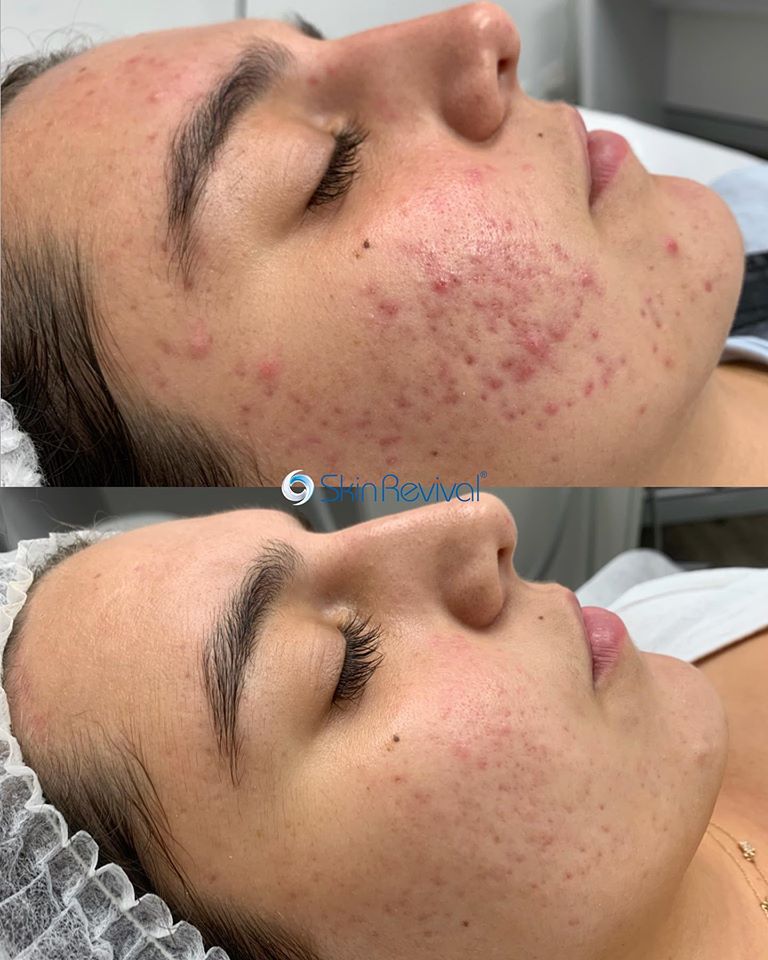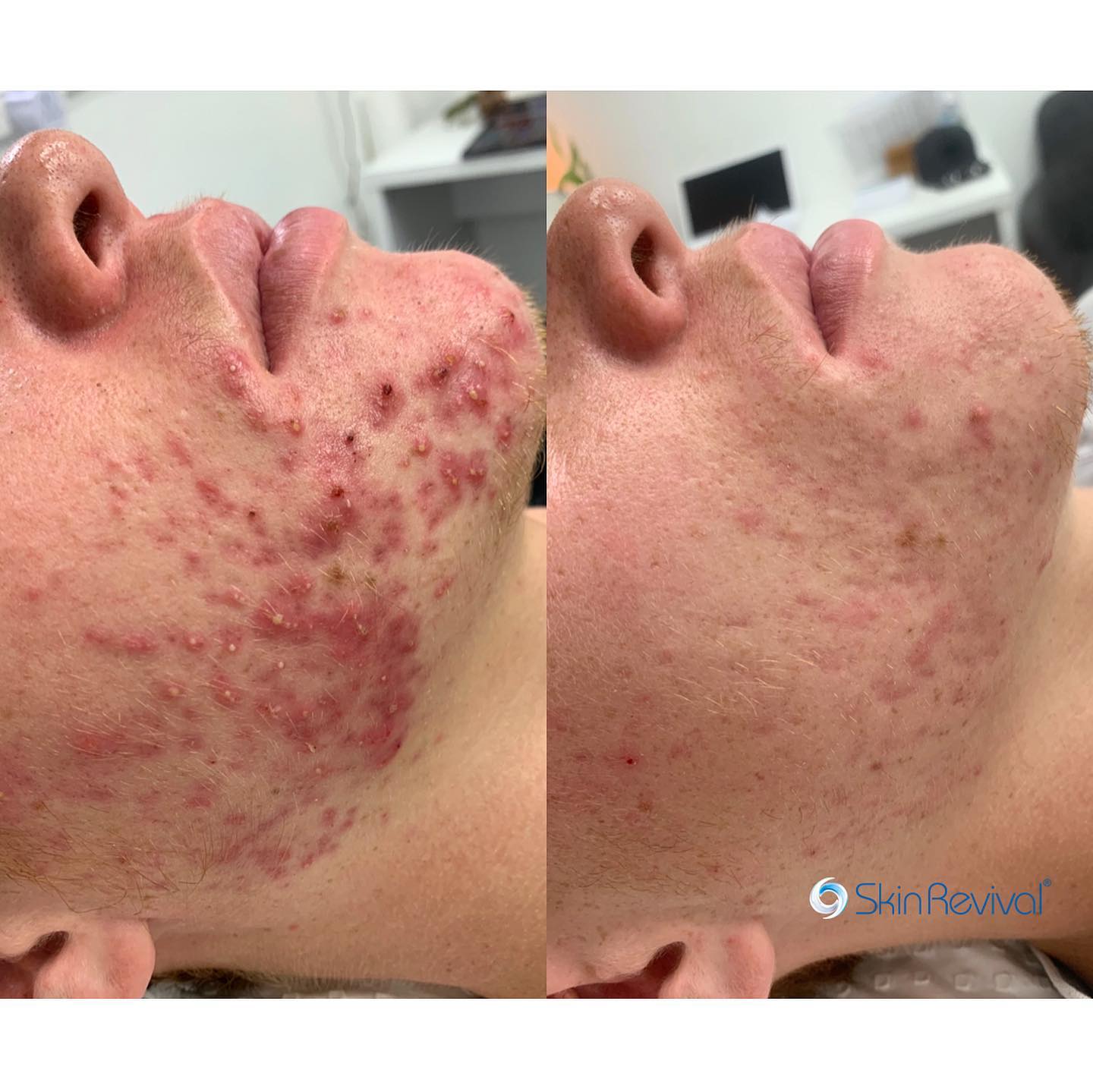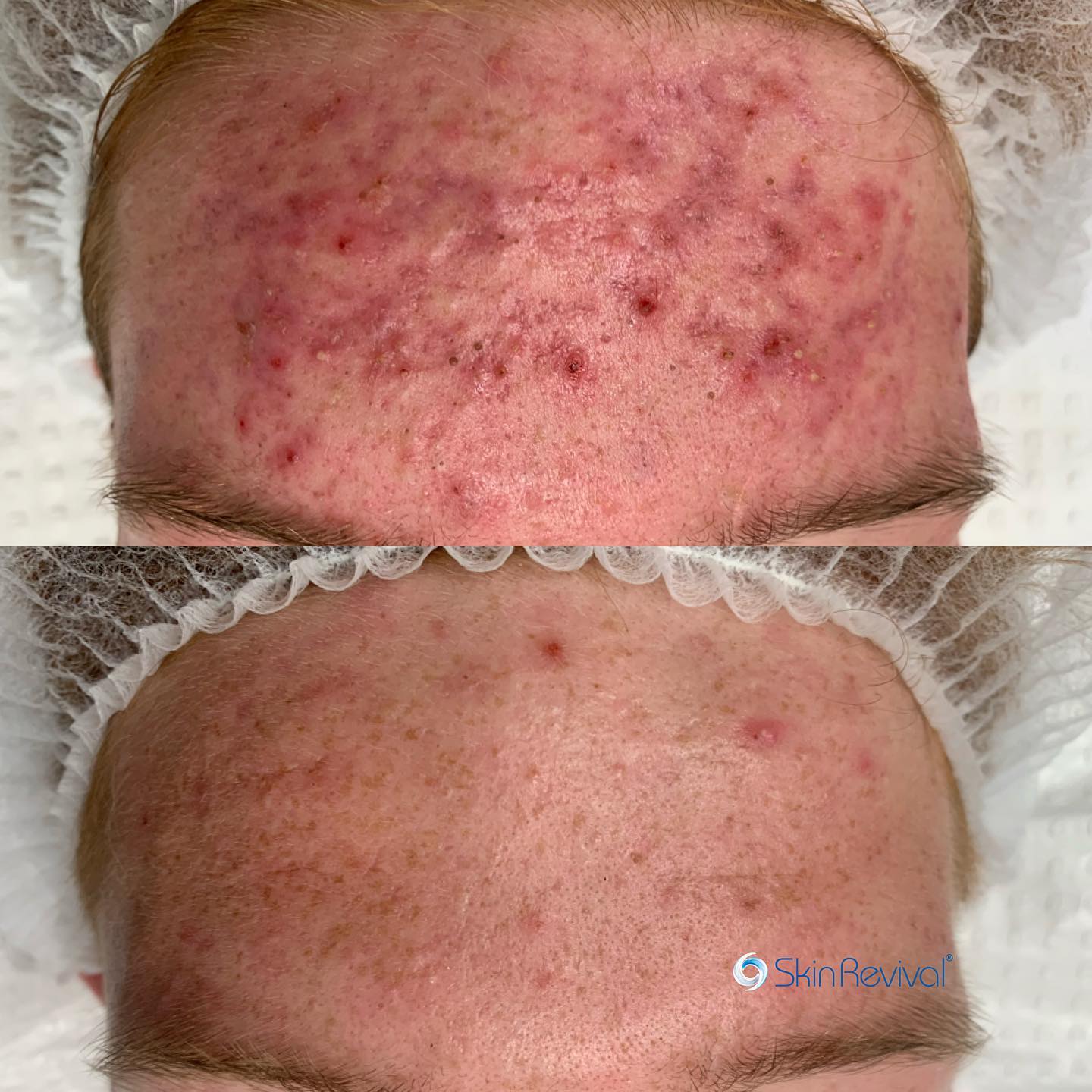Acne is not only a distressing part of adolescence, it can continue on into adulthood. But there are ways to help prevent and treat the condition. Almost every teenager gets spots and zits at one time or other. They’re so common they’re considered to be a normal part of adolescence. Although many people think that ‘acne’ only indicates a severe condition, it is actually a medical term for pimples.
Up to 85 per cent of Australians will develop acne during their life, with approximately 5 per cent experiencing severe acne. Nearly half of men and women continue to experience acne into their thirties. Severe acne can be painful, distressing and embarrassing – affecting relationships and a person’s sense of self. While there is no shortage of treatments available, many of them are useless and some are actually harmful. Effective treatments do exist, and it’s important to know about them, because treating acne reduces the likelihood of permanent scarring.
Causes
The medical term for acne is acne vulgaris. It’s a disease of the skin that occurs when something goes wrong with the production of sebum in the skin and the flow of this sebum to the skin surface.
Birth of a pimple: A whitehead, for example, is formed when the normal flow of sebum is blocked, causing sebum to build up behind the blockage, which forms a swelling and eventually protrudes up into the skin.
Sebum is the waxy oily substance that keeps the skin waterproof. It’s produced in tiny sebaceous glands in the skin, which are connected to hair follicles (pores that carry shafts of hair). The sebum travels from the sebaceous glands up to the skin in these pores.
Hair follicles can be blocked by dead skin cells, which can cause a build up of sebum. This can cause inflammation – pain, redness, and swelling. Bacteria may invade the area, and pus can form.
This whole process causes different types of sores and blemishes depending on the stage of the cycle. Someone with acne may have one or more of the following:
- blackheads – these are blocked pores: the blackhead is the collection of dead cells in the pore (the blackness is not dirt, just discolouration)
- whiteheads – sebum is building up behind the blockage causing a lump, which hasn’t opened into the skin
- papules – the sebum has broken out into the layers beneath the surface of the skin and caused inflammation, so it appears as painful reddish lumps
- pustules – the inflammation has turned into pus and broken through to the skin to form a yellowish zit – the classic ‘pimple’
- cysts and nodules – these are lumps deeper in the skin caused by hardening of the tissues left over from inflammation in the skin. Cysts and nodules can be very painful.
- open sores – usually pimples that have been scratched, exposing them to the air
- scars – pockmarked, sometimes darkened, areas of skin left after large pustules (and sometimes even small pimples) have healed.
How we can help: Skin Revival 12 Week Acne Program
Start your 12 week journey to healthy skin with our Acne Treatment Program.
First appointment includes your consultation, analysis and medical imaging Observ photos along with a detailed treatment program and home care advice.
12 weekly 45-60 minute appointments priced at $160 per visit
Visits will consist of the following:
* LED
* High Frequency
* Laser Genesis
* Customised Exfoliation
* AHA/BHA Chemical Peeling
* Repairing Masks
Package treatment price per session: $160 – Usual individual treatment cost range between $200-$250
Skin Revival offer a range of different treatments which will be prescribed to you based on your grade of acne. The most common treatments we preform on acne skin types, and the treatments that are included in the 12 week program are from the below:
– Enzyme Treatments
Gentle exfoliating treatment mask that helps lift off blackheads, unclogging pores of debris and excess oil
– LED Light Therapy
A skincare treatment that uses varying wavelengths of light, including red, blue, yellow, green and NIR to target specific skin conditions.
– Galvanic
Uses direct galvanic electrical current to introduce water-soluble substances through the skins surface to help improve ingredient absorption and moisture retention
– Hydrobrasion
Exfoliation of dead skin cells with a gentle micro tip which also releases water onto the skin to help rehydrate whilst exfoliating at the same time
– Sonophoresis
Non- invasive treatment that uses ultrasonic (soundwave) technology which increases the penetration and absorption of products. The warm tip massaging the skin increases skin circulation.
– Diamond Dermbrasion
Accelerates the exfoliation of dead skin cells which in turn stimulates new cell growth and the renewal of collagen. Using a gentle vacuuming system and diamond tips, microdermabrasion removes dull, dead skin cells, unclogs pores and polishes the skin.
– High Frequency
Using a glass high frequency electrode to treat mild acne, shrink enlarged pores, reduce the appearance of fine lines and wrinkles and bacteria in acne lesions
– Rationale Gommage
A light exfoliation mask containing lactic acid to help break down dead skin cells and decongest pores.
Results
Commitment to in-clinic treatments + strict homecare routine. Onto scar revision work next!





